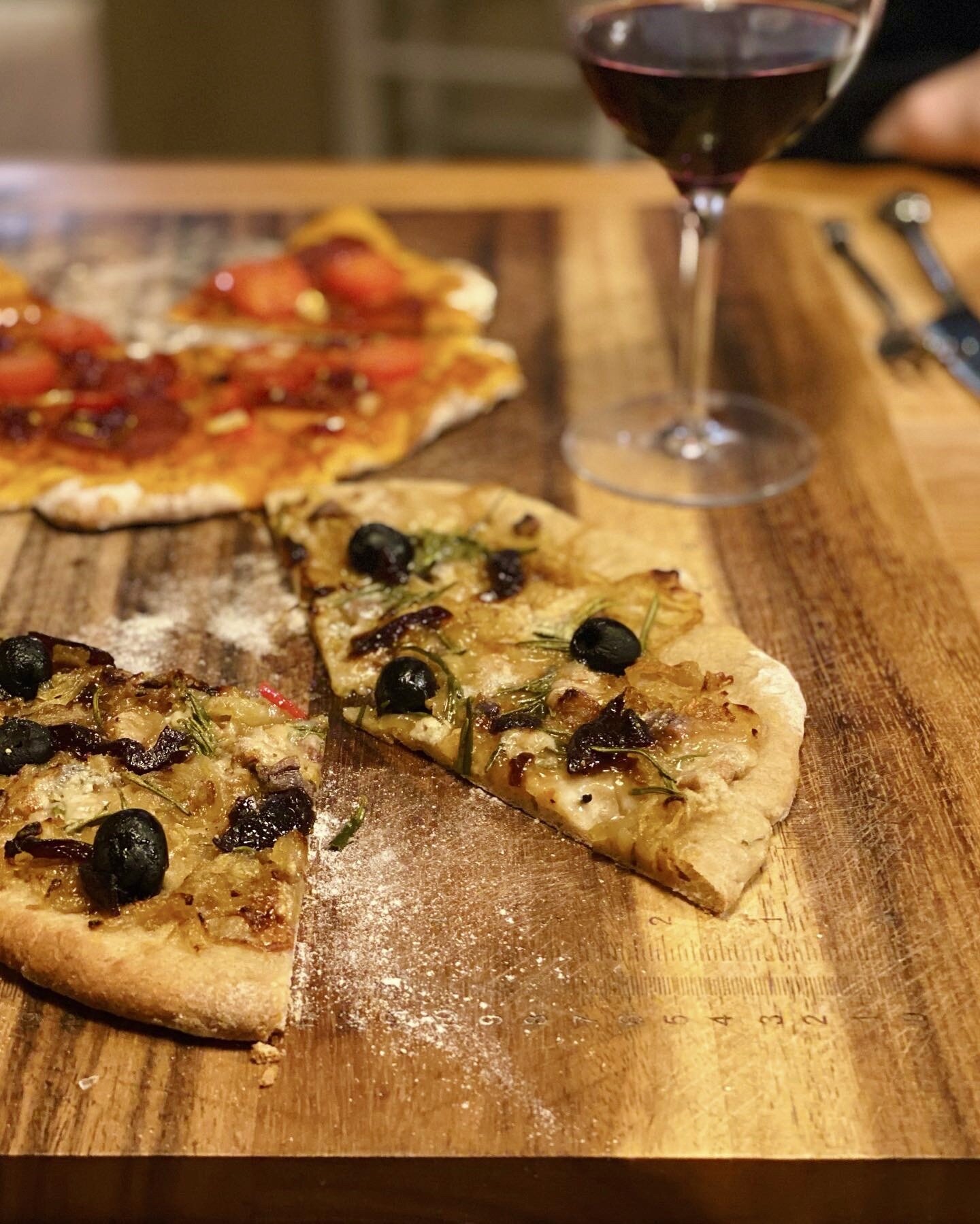Montepulciano, Abruzzo
Montepulciano grapes on the vine, at the organic vineyards of Tenuta Terraviva
Here’s a quick write up of our fourth episode of Grape Minds. We had the pleasure of sipping a beautiful bottle of Montepulciano d’Abruzzo which was gifted to us by Danilo Cortellini - Head Chef of the Italian Embassy, and Masterchef the Professionals pal of Joey’s from 2015. Danilo made it all the way to the final and was the people’s favourite - just watch the recorded episode of Grape Minds on our IGTV to see why! Thank you for joining us Danilo, and thank you to Liebherr for their continued support of this series.
5 facts on Montepulciano:
Montepulciano’s most iconic region is Abruzzo on the east coast of Italy. Wines made from the montepulciano grape - such as the Abuzzo number below - are not to be confused with “Vino di Nobile Montepulciano” - that “Montepulciano” is a town in Tuscany, not a grape, and its wines are made from Sangiovese! Confusing.
Montepulciano is Italy’s second most widely planted grape after Sangiovese (which you may know better by its key regional name, Chianti).
As is classic of most Italian reds, the grape has medium-high acidity and medium-high tannins; that is to say, it has great structure and is therefore very “food-friendly”.
Montepulciano loves fatty food; tannins are grippy and have a drying effect that helps ‘strip’ lingering fat from the mouth and set you up for another mouthful and sip. Simultaneously, the fat in food helps to soften (almost lubricate!) the tannins.
Its perfect partner is pecorino. Read more on this below; thank you for sharing your expertise and passion with us Danilo!
3 pairings for Montepulciano:
Pecorino & montepulciano grape chutney
This was Danilo’s first pairing suggestion; he was - much to our envy - happily tucking into this winning combination throughout our chat. Abruzzo is affectionately called “the land of shepherds”. It’s “the land of pecorino cheese and montepulciano grapes; this combination represents the culture and heritage of Abruzzo” said Danilo, “it speaks to my heart”. Danilo noted that the salty cheese made the wine taste sweeter and fruiter, and drew its more aromatic qualities beautifully.
Chitarra alla Teramana
“A very meaty tomato-y pasta…”. This was a second pairing from Danilo. This dish hails from the province of Teramo, as does the wine below, lending weight to that old saying, “what grows together goes together”. The dish is comprised of a rich tomato sauce that’s slow-braised with mixed meats and bones, tossed with mini meatballs - “pallottine” - and square cut sections of spaghetti. The montepulciano grape loves fat.
Pizza!
The wine’s high acidity means it can stand up to a naturally acidic tomato sauce without falling flat. Montepulciano’s more savoury, herbaceous qualities are echoed in the dried oregano you’ll find on top of a pizza. And, as expressed by Danilo’s pairing above, Montepulciano’s acidity and tannins - its structure - are very well suited to richer foods. Cured meats and cheese are no problem for this wine: it’ll take them in its stride very nicely, and even ‘cut through’ those richer textures.
One of our favourite bottles of Montepulciano:
Region: Abruzzo
Vintage: 2016
ABV: 13.5%
Producer: Tenuta Terraviva
Other info: Danilo cites this as “the most characteristic wine from Abruzzo, so it felt like the right thing to do”. Yes, Danilo, we agree! It comes from the organic vineyards of Tenuta Terraviva which overlook the Adriatic Sea.
On the nose: It’s very aromatic, and elegant yet powerful. It’s has a complex and seductive bouquet of dark red fruits - cherries and plums - with herbaceous notes too - dried oregano, and the woody stalks of fresh thyme and rosemary.
On the palate: The palate matches the nose being both fruity and herbaceous… Though dry there’s an ‘air of sweetness’ to the wine from concentrated dark fruits and faint floral notes of violet. Complex, savoury qualities follow - dried herbs, smoke and tar - which give the wine great depth. The mouth quality is superb: the tannins are grippy without being harsh, the body is on the fuller side yet not heavy, and the acidity is high without being sharp. We’d buy this one again in a heartbeat.






